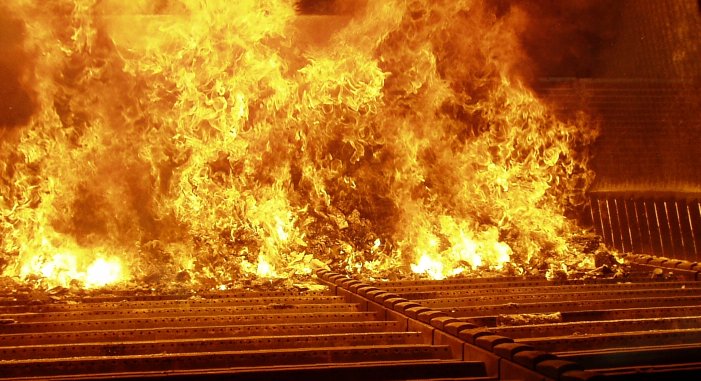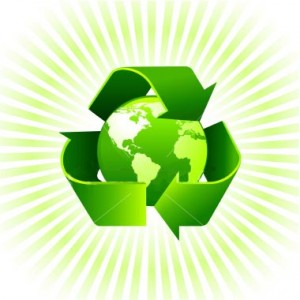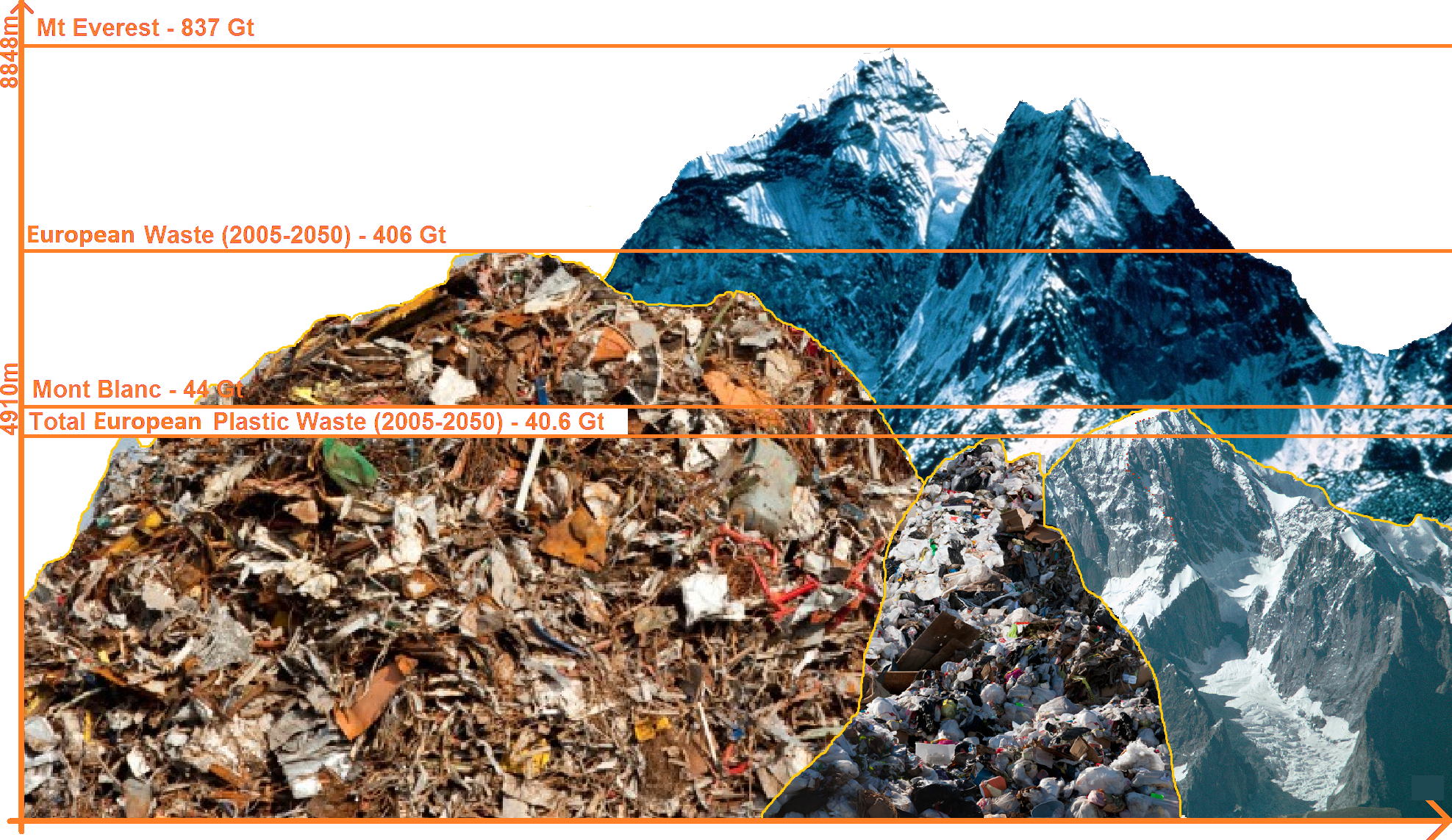Team:Imperial College/Background
From 2013.igem.org
| Line 368: | Line 368: | ||
<div class="row top"> | <div class="row top"> | ||
<div class="box bottom" id="waste-issue"> | <div class="box bottom" id="waste-issue"> | ||
| - | + | https://static.igem.org/mediawiki/2013/thumb/4/44/Mountains4.png/600px-Mountains4.png | |
<div class="box-content right"> | <div class="box-content right"> | ||
<h1>The Waste Issue</h1> | <h1>The Waste Issue</h1> | ||
| Line 388: | Line 388: | ||
<div class="row bottom"> | <div class="row bottom"> | ||
<div class="box right" id="landfill"> | <div class="box right" id="landfill"> | ||
| - | + | http://bawehali.files.wordpress.com/2011/06/landfill.jpg | |
<div class="box-content"> | <div class="box-content"> | ||
<h2>Landfill</h2> | <h2>Landfill</h2> | ||
| Line 397: | Line 397: | ||
</div> | </div> | ||
<div class="box top" id="incineration"> | <div class="box top" id="incineration"> | ||
| - | + | https://upload.wikimedia.org/wikipedia/commons/5/5d/Movinggrate.jpg | |
<div class="box-content"> | <div class="box-content"> | ||
<h2>Incineration</h2> | <h2>Incineration</h2> | ||
| Line 406: | Line 406: | ||
</div> | </div> | ||
<div class="box top" id="gasification"> | <div class="box top" id="gasification"> | ||
| - | + | https://www.lignite.com/image/cache/GPSP.jpg | |
<div class="box-content"> | <div class="box-content"> | ||
<h2>Gasification</h2> | <h2>Gasification</h2> | ||
| Line 415: | Line 415: | ||
</div> | </div> | ||
<div class="box left" id="recycle"> | <div class="box left" id="recycle"> | ||
| - | + | http://www.northcyprus.co.uk/wp-content/uploads/2010/02/recycle-300x300.jpg | |
<div class="box-content"> | <div class="box-content"> | ||
<h2>Recycle</h2> | <h2>Recycle</h2> | ||
Revision as of 22:54, 26 September 2013
The Waste Issue
Waste is a major byproduct of our free market society. Every year, over 3 billion tonnes (Gt) of waste are produced within the European Union [1]. This includes municipal solid waste (MSW), industrial and hazardous waste. We have estimated that between 2005 to 2050, enough waste will be produced to create a mountain half the size of Everest. Plastic waste alone, at ten percent of the total will produce a mountain the size of Mont Blanc, the largest mountain in the EU. Even more significantly, this represents only a fraction of the world's population, approximately 500 million live within the EU. When we look at the American figures, we see that solely industrial waste comes to around 7.6 Gt [2], and this figure was from the 1980s, since then it has no doubt increased per capita as it has in Europe. Due to the necessities of living, we are always going to produce waste. Couple this with a human population of over 7 billion and increasing consumerism around the world and this waste really starts to add up. The mismanagement of waste is not only leading to severe environmental problems but social ones also. The shipping of waste around the world is a disturbing problem but one that makes economic sense. This needs to change.
Landfill
As an example we visited Powerday, a recycling centre in north-west London to learn about Solid recovered fuel (SRF). SRF is a common type of mixed waste that is generated from commercial activities, such as construction. SRF consists of small fragments of plastic, wood, paper and fibre which are too small to be separated further by the recovery machines. 20% of what enters a recycling centre leaves as SRF. Powerday alone produces 320,000 tonnes of SRF a year. This is a waste product, costing the facilities millions in disposal and ending up at incinerators where toxic chemicals are released into the atmosphere along with large amounts of CO2. Incineration is a one-time-only affair; the resources which went into the production of these materials are lost to the atmosphere... What a waste of a valuable resource!
Incineration
As an example we visited Powerday, a recycling centre in north-west London to learn about Solid recovered fuel (SRF). SRF is a common type of mixed waste that is generated from commercial activities, such as construction. SRF consists of small fragments of plastic, wood, paper and fibre which are too small to be separated further by the recovery machines. 20% of what enters a recycling centre leaves as SRF. Powerday alone produces 320,000 tonnes of SRF a year. This is a waste product, costing the facilities millions in disposal and ending up at incinerators where toxic chemicals are released into the atmosphere along with large amounts of CO2. Incineration is a one-time-only affair; the resources which went into the production of these materials are lost to the atmosphere... What a waste of a valuable resource!
Gasification
As an example we visited Powerday, a recycling centre in north-west London to learn about Solid recovered fuel (SRF). SRF is a common type of mixed waste that is generated from commercial activities, such as construction. SRF consists of small fragments of plastic, wood, paper and fibre which are too small to be separated further by the recovery machines. 20% of what enters a recycling centre leaves as SRF. Powerday alone produces 320,000 tonnes of SRF a year. This is a waste product, costing the facilities millions in disposal and ending up at incinerators where toxic chemicals are released into the atmosphere along with large amounts of CO2. Incineration is a one-time-only affair; the resources which went into the production of these materials are lost to the atmosphere... What a waste of a valuable resource!
Recycle
As an example we visited Powerday, a recycling centre in north-west London to learn about Solid recovered fuel (SRF). SRF is a common type of mixed waste that is generated from commercial activities, such as construction. SRF consists of small fragments of plastic, wood, paper and fibre which are too small to be separated further by the recovery machines. 20% of what enters a recycling centre leaves as SRF. Powerday alone produces 320,000 tonnes of SRF a year. This is a waste product, costing the facilities millions in disposal and ending up at incinerators where toxic chemicals are released into the atmosphere along with large amounts of CO2. Incineration is a one-time-only affair; the resources which went into the production of these materials are lost to the atmosphere... What a waste of a valuable resource!
The Challenge: Waste Mountains
Waste is a major byproduct of our free market society. Every year, over 3 billion tonnes (Gt) of waste are produced within the European Union [3]. This includes municipal solid waste (MSW), industrial and hazardous waste. We have estimated that between 2005 to 2050, enough waste will be produced to create a mountain half the size of Everest. Plastic waste alone, at ten percent of the total will produce a mountain the size of Mont Blanc, the largest mountain in the EU. Even more significantly, this represents only a fraction of the world's population, approximately 500 million live within the EU. When we look at the American figures, we see that solely industrial waste comes to around 7.6 Gt [4], and this figure was from the 1980s, since then it has no doubt increased per capita as it has in Europe. Due to the necessities of living, we are always going to produce waste. Couple this with a human population of over 7 billion and increasing consumerism around the world and this waste really starts to add up. The mismanagement of waste is not only leading to severe environmental problems but social ones also. The shipping of waste around the world is a disturbing problem but one that makes economic sense. This needs to change.
What about recycling?
If paper, cardboard plastics, metals and wood are kept chemically pure and physically separated then they can often be recycled and reused. However a large percentage of our waste is mixed together or contaminated with food waste and other contaminants. The consequence of this is that mixed waste cannot be recycled with current technologies.
So where does mixed waste end up?... landfill and incineration
As an example we visited Powerday, a recycling centre in north-west London to learn about Solid recovered fuel (SRF). SRF is a common type of mixed waste that is generated from commercial activities, such as construction. SRF consists of small fragments of plastic, wood, paper and fibre which are too small to be separated further by the recovery machines. 20% of what enters a recycling centre leaves as SRF. Powerday alone produces 320,000 tonnes of SRF a year. This is a waste product, costing the facilities millions in disposal and ending up at incinerators where toxic chemicals are released into the atmosphere along with large amounts of CO2. Incineration is a one-time-only affair; the resources which went into the production of these materials are lost to the atmosphere... What a waste of a valuable resource!
What else could be done with mixed waste?
We wondered if mixed wastes could be a source of metabolites and feedstock for bio-plastic producing bacteria. Since our bacteria could be engineered to utilise an array of mixed waste constituents they could overcome current limitations in recycling technologies.
Jemma's turn these into these slides (waste into shoes)
Of course we also understand that waste management is a social challenge and we have explored these aspects in our human practices.
Why use mixed waste to generate bioplastics?
Bioplastics have a bright future
Bioplastics are made either directly by living things or from the products they make. They are usually more environmentally friendly than petrochemically derived plastics(1) and do not rely upon finite fossil fuels. Advances in how they are produced is allowing bioplastics with controllable physical properties to be produced(3) which enables uses which mimic those of oil-based plastics. The properties of some bioplastics allow novel functions to be carried out; an exciting example of this is the production of biocompatible scaffolds which can be used in surgical treatments(4).This combination of innovations leading to improved functions and the development of novel uses combined with environmental benefits over petrochemical plastics are just some of the reasons why bioplastics are expected to flourish commercially in the coming years(5). Currently around 10% of the plastics market consists of bioplastics, with this predicted to increase to around 30% by 2020. This is a huge increase and represents significant commercial opportunities. The predicted production of such a large amount of material requires careful consideration of what we do once we have used the products produced, called end of life solutions.
Which bioplastics should we produce?
<p>Poly-3-hydroxybutyrate(P3HB) and Poly lactic Acid(PLA) are both commonly used and well studied bioplastics. Currently several different companies produce each by a variety of methods(9).
Poly-3-Hydroxybutyrate
P3HB is produced as an energy store in some bacteria. Commercially it is produced in bioreactors from sucrose and other sugars derived from plant biomass. P3HB can also be produced in the stems of plants, however this requires large inputs of fertiliser and large areas of land. Interest in the production from the fermentation of organic waste materials is also increasing. P3HBs are being investigated for uses in many things from food packaging to discount cards to replacements for current plastics made from polymer blends.
Polylactic acid
Polylactic acid production is usually a chemical process, building up the monomers of lactic acid or lactide. It can also be produced by certain organisms. Biological systems of PLA production are also possible. This is what our collaborators at Yale are working on. PLA already sees use in the packaging industry and plastic bottles. Future uses as with many ‘biodegradable’ plastics will expand to include tasks where increased durability are needed(8).
Can we recycle P3HB and PLA?
"when the new generation of biodegradable plastics are included in general plastic wastes, they can contaminate the waste and as a result render it unsuitable for current recycling technologies." Guardian 2013 [3]
Currently we are are not aware of any technologies available for the recycling of P3HB, that makes our system a novel technology. PLA can be recycled by chemical means, reducing it into the monomer and then re-polymerising it again. However, if PLA is mixed with other wastes, such as food waste, then it would have to be landfilled or incinerated. With biological recycling this would become an asset, helping to feed the bacteria.
Can’t we just let these plastics biodegrade?
You may have heard that P3HB and PLA are biodegradable. The biodegradable label disguises a subtlety which has important consequences. P3HB and PLA are actually industrially fermentable. This means special conditions are required for optimal degradation. One prominent P3HB producer even states during a promotional video that P(3HB) will not biodegrade in conventional landfills and counter to many claims will not easily degrade in your compost heap. PLA can be degraded in a compost heap, however the time it takes varies considerably depending upon the weather, temperature etc. Allowing these plastics to biodegrade is also a waste of the valuable resources used to create them. Biodegradation, although theoretically a green option due to the renewable source of the feedstocks, ignores the large amounts of energy, fertiliser and water that went into their original production. Biodegrading the final product after use means that it must be produced again from scratch. The loss of resources represented by biodegradation and the special conditions required make this the wrong end of life choice for P3HB and PLA. More importantly this also makes the case for biological bioplastic recycling, since we could lockin carbon and re-use these valuable resources.
 "
"










